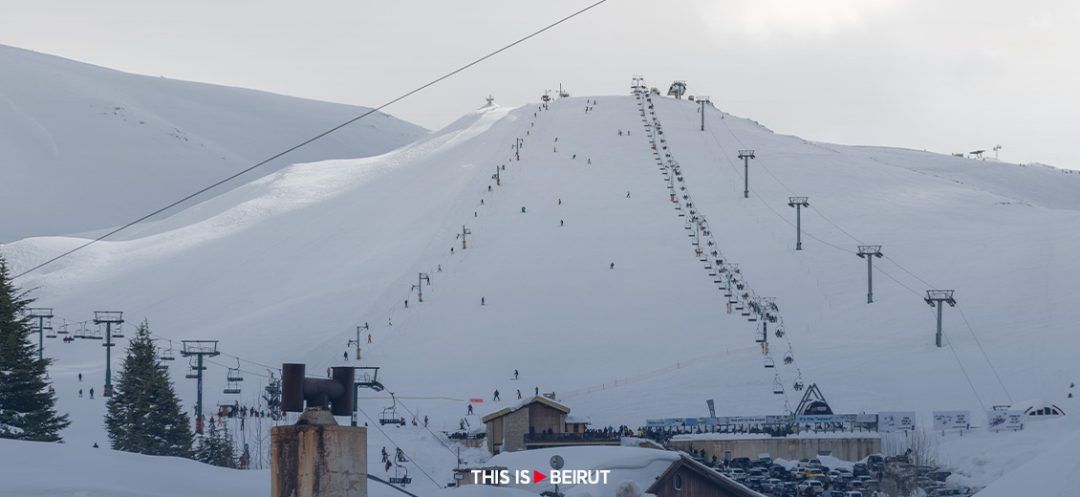
With climate change, ski resorts in Lebanon face the challenge of insufficient snow, increasingly shorter seasons, and rising expenses. Is it still a profitable sector?
Climate change could signal the end of winter sports in Lebanon. While snow is still present in the mountains, it falls less frequently and later in the season. The first snowfall typically occurs in mid-January and must be abundant and rapid because, as farmers claim, "snow in February doesn't stick as the ground starts to warm up." Lebanese ski resorts are forced to adapt, relying on short but intense seasons.
Until a few years ago, the ski season in Lebanon spanned four months, starting around mid-December or even early December and ending in early April. For the Cedars, it sometimes began around mid-November and often continued until the end of April.
Businesses Hit Hard
In addition to the skyrocketing prices of customs duties, fuel, and the lack of electricity supply from the state in Lebanon, companies that own ski resorts are severely affected. As significant electricity consumers, the resorts struggle to break even, let alone generate profits.
According to an estimate of the electricity consumption of ski areas, ski lifts consume a lot of energy, representing up to 90% of the resorts' electricity bills.
Elie Fakhry, the head of the Cedars ski resort, explained to Ici Beyrouth that maintenance expenses for ski lifts and the overall area weigh heavily on the budget. "Spare parts are imported and expensive because they must be of good quality for the safety of skiers. The increase in the customs dollar and taxes has multiplied the prices of these parts," he said. Next are the cost of fuel and the maintenance of generators since Electricité du Liban does not provide power, and finally, employee salaries.
The Cedars resort opened on January 15, but it could have opened at Christmas since the highest slopes, located at an altitude of 2,900 meters, were already snow-covered and skiable. However, the issue of the cables for the ski lift leading to the highest slopes, severed in November 2022, has not been resolved. "The judiciary is not making progress. The state does not help us, and we cannot repair them at the risk of seeing them damaged again. As a result, 30% of the area is closed, leading to a 30% loss. Not to mention that this affects jobs in the region. With 30% of the area closed, there are fewer employees," he protested. Moreover, many skiers no longer go there due to the closure of part of the ski area. This also forces the resort to close no later than mid-March since the slopes that remain snow-covered for longer are not accessible. The manager assured that the resort does not make money and barely breaks even.
The situation is similar for the officials at the Faraya-Mzaar resort. "We have exorbitant expenses that justify the high price of ski lifts, but despite this, we do not break even," said Nicole Wakim, the resort's manager. She lamented the excessive cost of energy and maintenance due to the high prices of spare parts and pointed out that if snowfall is too significant, it causes a cost problem because the machines for snow removal consume a lot of fuel. To ensure liquidity for the opening work of the resort, she explained that season ski passes were sold at competitive prices well before the start of the season.
She also revealed that, for now, the refuge cannot open due to a snow shortage, causing a loss of revenue.
It's worth noting that skiing in Lebanon has been popular since the 1930s, and the first ski lifts appeared in the 1950s in the Cedars. Today, Lebanon has six winter sports resorts (Faraya Mzaar, Faqra, the Cedars, Zaarour, Laklouk, and Kanat Bakiche).
Read more



Comments